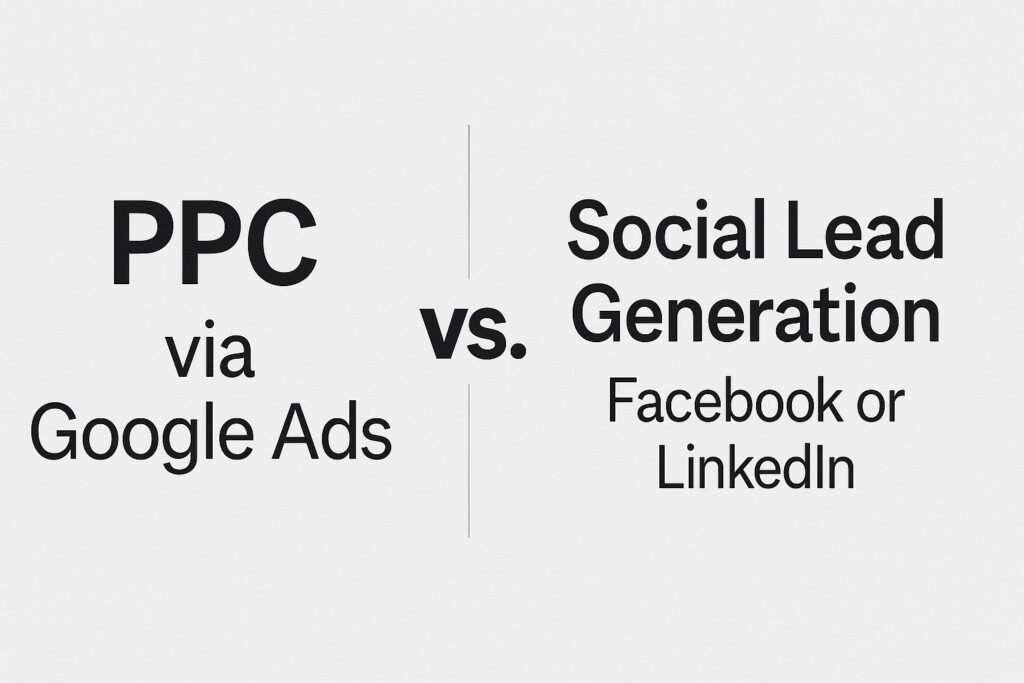
Very common questions to you….
You want to make a good early impression when guests come to your house. Right?
You wouldn’t invite people over for dinner with a cluttered house and not have anything appropriate to feed them. Would you?
You unmistakably say, ‘NO’.
The same should hold true for your website too.
Your goals are simple and a short amount of time to grab a visitor’s attention when businesses first started using the internet for marketing.
According to the research by Nielsen Norman Group, users will probably read 20% of the words on a page. If your website is littered and doesn’t have a clear message or call to action, demos won’t be sticking around for the main course.
Don’t panic…!!
By improving your website doesn’t mean you need to give it a complete redo. Indeed, it’s usually some of the small, incremental changes that can have the most impact.
Now, you think what to do to improve?
Here are some ways that make your website more than different from the other sites:
- The addition of Value Proposition: It is also termed as the mission statement, tells the visitor about the company that what you do and why you do it. In addition, visitor knows exactly what they will be getting if they hire you, purchase your product, read your blog. If possible, put your value proposition in your headline on your homepage and add it to your blog or about us page.
- Simplify your Website navigation: The purpose of the website navigation is to help the client find what they are looking for and your search engine rankings. When current and prospective customers land on your website, you want not only find what they’re looking for but in quickly and easily manner. That means your navigation needs to be very clear and concise.
- Targeted call to action: As the name implies, they help prompt your visitors to take action. Remember, these CTA always start with a ‘verb’ such as scheduling a free demo, downloading information, or signing up for your newsletter.
- Mobile-friendly: On April 21st, Google updated their mobile search rankings algorithm that’s why mobile friendly site falls in “must have” from “should have”. Mobile-friendly web pages will now rank higher in mobile search results versus non-mobile-friendly pages.
What you Don’t…??
Here I enlisted some red flags that should be essentially avoided:
- Show Under Construction Page: If your site or section isn’t ready, simply don’t post it because people especially hate it when they end up on a “construction” page after spending plenty of the time to follow a link from the home page.
- Just place boxes everywhere: Do not make your website cluttered by placing boxes because these things are unnecessary, annoying to most visitors and diminishing the prospects.
- Make everything on your page an image: It is worthless to have all the thing in pictures because it’s slow down your loading time and search engines can’t read images whereas descriptive text helps to increase your rankings.
- Set all the text in capital, bold and italic: Avoid setting large amounts of text in all capital letters or all italic text, because it makes it more difficult to read and it looks like you’re shouting your message, which is just rude. A combination of capitals, italic, and bold styles is overkill because three wrongs never make a right.
None of these suggestions require expensive setups. None of them are bells and whistles. You can be among the 59% of owners who say their website is important to their business and it’s more than enough to get you started, and to make your website into a revenue-generating machine.



